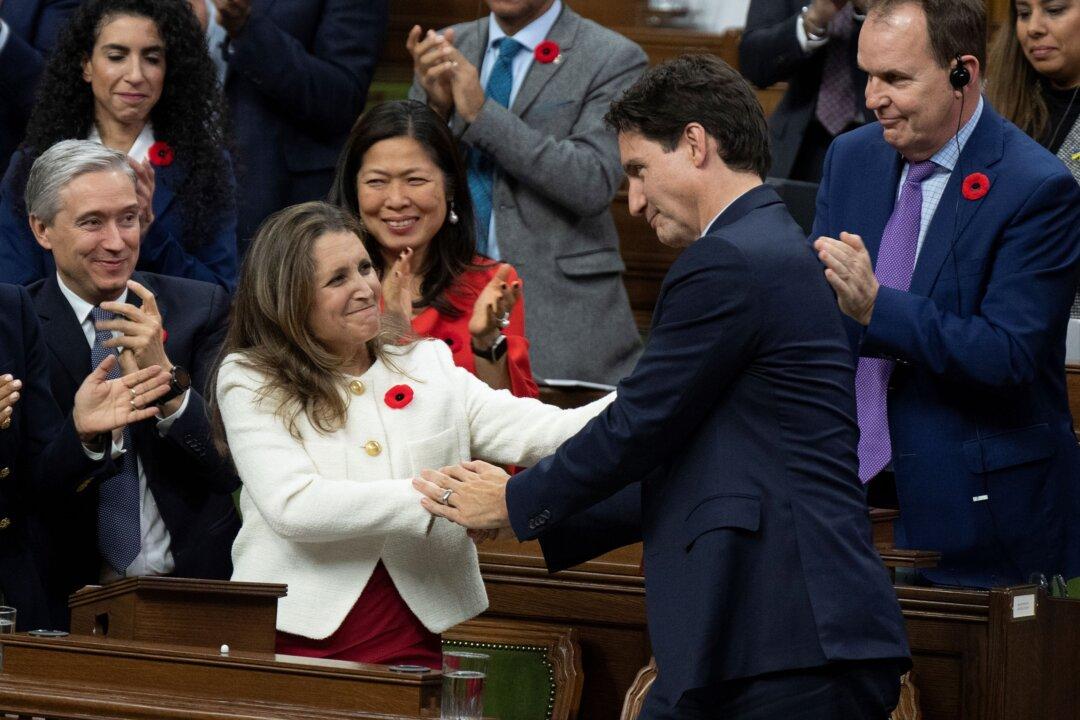Commentary
In response to the pandemic, governments in Canada launched an unprecedented wave of spending. In Ottawa, the federal government has sought to make that wave permanent.

In response to the pandemic, governments in Canada launched an unprecedented wave of spending. In Ottawa, the federal government has sought to make that wave permanent.